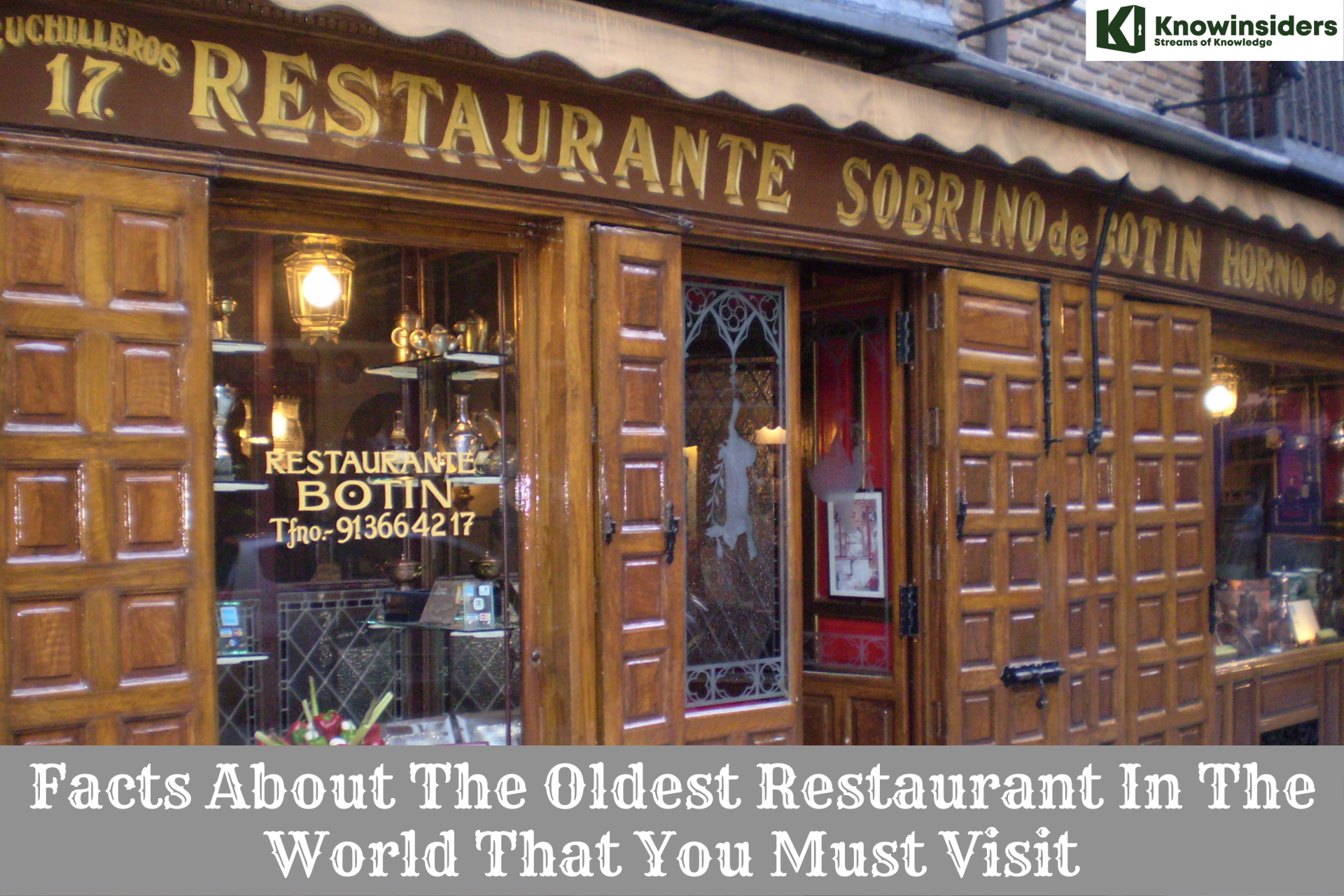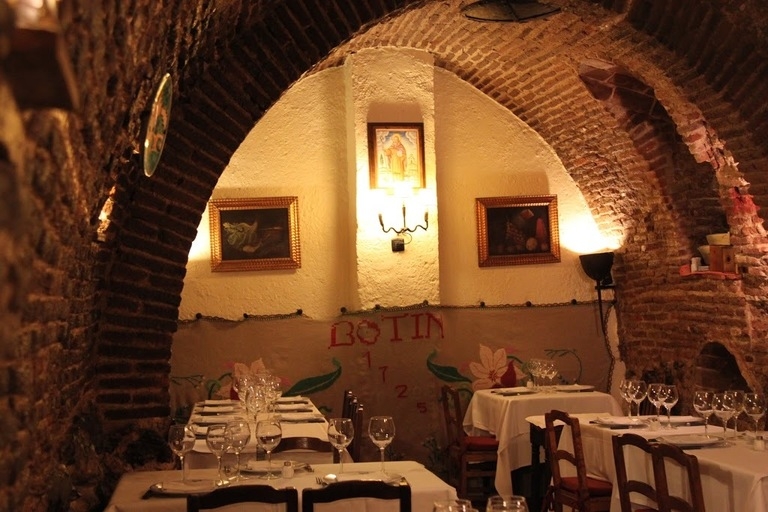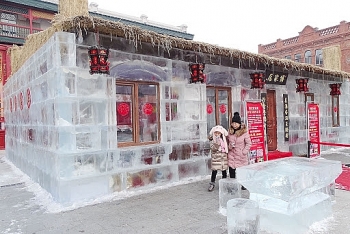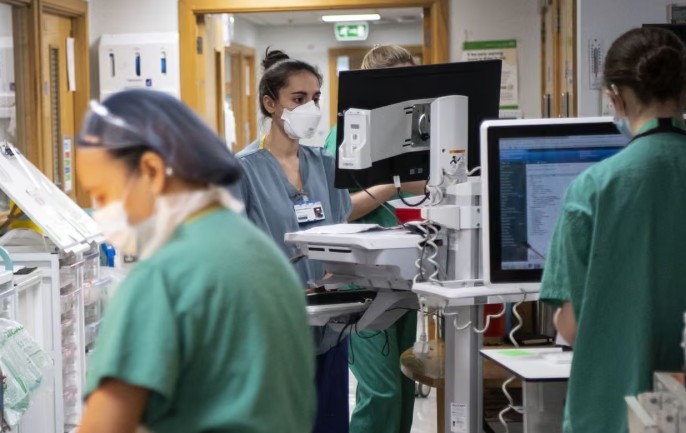Facts About The Oldest Restaurant In The World That You Should Visit
 |
| Facts About The Oldest Restaurant In The World That You Must Visit |
| Table of Content |
In today’s food-obsessed world, new restaurants tend to pop up overnight and disappear soon after opening. According to a study on failed restaurants by Ohio State University, 60% of restaurants fail within the first year and 80% do not make it past five years.
While this may be true of many modern eateries, numerous old-world restaurants have withstood the test of time and remain in operation today.
Restaurante Botín, a cozy eatery in Madrid, Spain, was founded in 1725 and holds the Guinness World Record for being the world's oldest restaurant.
When was it opened: back to the origin?
The restaurant was opened in 1725 by French chef Jean Botin, initially as an inn and tavern, under unique conditions and restrictions. Throughout the 18th century, it was illegal for tavern-owners to sell food themselves. Instead, diners would bring their own meat, wine, and food, and the restaurant would prepare it for them. This was a common Spanish practice not exclusive to Botin’s establishment, but Restaurante Botin is one of the few inns and taverns that has survived to this day, eventually transitioning into a modern-day restaurant.
While Jean Botin and his wife had no children of their own, after their deaths the restaurant was passed down to a nephew and kept in the Botin family for generations. This is why the restaurant is also referred to as Sobrino de Botin, which means “Nephew of Botin.” The Botin family ran the restaurant until the 20th century, when ownership transitioned to a new family — the Gonzalez family. It remains in their care to this day.
While the restaurant’s primary draw is its food, the beauty and history of the building itself are a close second. Antonio Gonzalez, general manager of Restaurante Botin, refers to his business as a restaurant museum. There are four floors, the original firewood stove, and a wine cellar that’s even older than the restaurant.
Botin has three dining rooms. Its specialty dishes are cochinillo asado (roast suckling pig) and cordero asado (roast lamb). Apart from using the original recipes, the restaurant has also kept the flame burning in the oven continuously, never to be extinguished.
The restaurant has been associated with some famous people in its history. The Spanish painter Francisco de Goya worked in Cafe Botín as a waiter while waiting to get accepted into the Royal Academy of Fine Arts. Ernest Hemingway is said to be a regular of the restaurant and even mentioned the restaurant in the closing pages of his novel "The Sun Also Rises". He wrote in the novel: "We lunched upstairs at Botín's. It is one of the best restaurants in the world. We had roast young suckling pig and drank rioja alta".
Sight Name: Sobrino de Botin (World's Oldest Restaurant)
Sight Location: Madrid, Spain
Sight Type: Attraction/Landmark
How is it in the Covid-19?
Like most dining establishments, Restaurante Botín was forced to close its doors when the coronavirus swept across Europe.
"When we closed the restaurant during the pandemic, we felt devastated because it never closed before, even during the Spanish Civil War, my grandfather kept Botín open," Antonio González, general manager of Botín, said.
Like most businesses in Spain, the restaurant had to temporarily cease operation due to the coronavirus pandemic — a historic moment for the business, as the establishment had gone nearly 300 years without shutting its doors. This will not impact their Guinness World Record, but instead marks another period in history that the establishment has lived through. The building has been a witness to the Spanish Civil War and hosted famous figures such as Ernest Hemingway and F. Scott Fitzgerald.The eatery reopened its doors, is serving a fraction of the guests it used to serve before the coronavirus. González said that they used to serve 600 guests per day -- now it's a mere 60.
But González isn't discouraged. His plan is to stabilize their losses as best he can and focus on the future.
"I am looking forward to navigate out of the crisis and being stronger and better than before," González said. "It is a fantastic opportunity to make reflections and to improve the most we can."
What does the restaurant serve?
 |
| Photo: foodetective |
Casa Botín has also served meals to numerous literary personalities. Ernest Hemingway, Benito Pérez Galdós, Graham Greene and María Dueñas, among many others, used the restaurant as a backdrop for their novels.
They serve traditional Spanish dishes -- from cordero asado, which is roasted baby lamb, to cochinillo asado, which is roasted suckling pig. Before the pandemic, the cook would receive a shipment of lambs and pigs three or four times a week from the Sepúlveda-Aranda-Riaza region, which is about 100 miles north of Madrid.
Besides those looking to try their famous meat dishes, fish and traditional Spanish stews, Botín is also a hangout for literature and history buffs and is definitely worth a stop when exploring other literary hangouts in Madrid. The restaurant is mentioned in Ernest Hemingway’s The Sun Also Rises and Death in the Afternoon, and even in works by F. Scott Fitzgerald.
The Botín Restaurant's Service
Currently, the restaurant is made up of four floors, all of which have preserved the charming atmosphere of a traditional tavern. Situated at the heart of Madrid of the Habsburgs, Botín boasts a truly unbeatable location. This is exactly why a great effort has been taken to maintain the restaurant’s original appearance. A series of renovation processes have been executed to cater to the ever-growing number of customers, without changing the building’s characteristic features.
But of course, appearance is not everything: excellent customer service and delicious cuisine with top-quality ingredients take care of the rest. Botín’s specialty is Castilian cuisine, with a special emphasis on roasting lamb and suckling pig. Three or four times every week, the restaurant receives suckling pigs straight from Segovia and lambs from Spain’s renowned magic triangle: Sepúlveda-Aranda-Riaza. The lambs and suckling pigs are roasted slowly and carefully in the old wood-fired oven. Nevertheless, this is by no means intended to deflect from the other tasty dishes offered: guests can also choose to sample delicious hake, fresh sole, clams with the house’s special sauce, and many more irresistible delights.
Who runs the restaurant now?
Today, the business is being run by the third generation of the González family: Antonio, José and Carlos. All of them are dedicated to achieving Botín’s age-old commitment to not only spoiling the stomachs of their guests, but also reaching their hearts for at least three hundred more years to come.
Run by Antonio, his brother, José, and family member Carlos González, Botín menu includes roast suckling pig, stewed partridge, and grilled filet mignon Botín (per Botín's website). This is a far cry from what was offered when it first opened. According to CNN, it was customary in 1725 for Spanish restaurants not to actually serve food made at the restaurant as it was believed to hurt other businesses. Rather, guests brought their own items which were cooked for them.
Though its menu caters to a modern diner, Restaurante Botín retains much of its original charm with its firewood oven and its interior aesthetic which dates back to renovations made by Jean Botín at its opening.
5 Can’t-Miss Madrileno Meals
- Callos a la Madrilena—tripe stew: While most of Spain has historically relied on fish and rice for sustenance, Madrid is almost 200 miles away from the ocean with a poor rice-growing climate. As a result, offal is more popular here than in the rest of the country. Back in the 16th century, when the first known recipes for callos a la Madrilena were created, people consumed offal out of necessity—but Madrid never lost its taste for tripe. In this popular rendition, it’s stewed with tomato, garlic, spices, and sausage.
- Cocido Madrileno—chickpea stew: Another hearty staple popularized for its affordability, cocido is beloved nationally but best associated with Madrid—and you’ll find it everywhere from home kitchens to upscale restaurants that put new twists on the classic. While the chickpeas, vegetables, potatoes, and meat (usually pork) are cooked together, each element is served separately in a progression of courses.
- Bocadillo de Calamares—fried squid sandwich: Madrid’s favorite sandwich consists of battered and fried calamari placed on a roll with tartar sauce or mayonnaise. Locals either grab them on the go or enjoy with a drink in a tapas bar—some of which, called freiduria, specialize in deep-fried items.
- Besugo al horno—baked sea bream: Lighter eaters, fear not—Madrid has more to offer than heavy stews and fried fare. Baked sea bream, prepared simply in the oven with breadcrumbs and lemon, is a popular Christmas dish that you’ll now find throughout the city year-round.
- Patatas bravas—“brave” potatoes: Ubiquitous in Spain, these fried spuds were supposedly invented in Madrid. Even if this is folklore, it’s true that the Madrileno version of the tomato-based sauce—which varies from city to city—packs a special garlicky punch.
The other oldest restaurants in the world
 |
| Photo: thefork |
1. Stiftskeller St. Peter, Salzburg, Austria (803)
The world’s oldest restaurant can still be found housed within its original structure in St. Peter’s Abbey in Salzburg. While no one knows exactly when it first opened, 803 is the year usually cited, as that’s when the first mention of it appears in print, in the work of the scholar and monk Albuin, who was a devout follower of Charlemagne. Both Wolfgang Amadeus Mozart and Christopher Columbus are said to have been served at the restaurant.
2. Bianyifang, Beijing, China (1416)
Bianyifang is the oldest Peking duck restaurant in Beijing and continues to specialize in the culinary tradition that started during the Ming Dynasty. It started life in a different, much smaller location, but expanded in 1827. 5 Chongwenmen Outer Street, Dongcheng, Beijing, China
3. Zum Franziskaner, Stockholm, Sweden (1421)
Founded by German monks in Old Town Stockholm, Zum Franziskaner is no longer in its original structure and in fact has been rebuilt numerous times, serving as a sailor’s tavern and fine-dining restaurant in its various incarnations. The current building dates back to 1906 and still serves the same variety of beer (brewed by the monks, naturally) that the venue did when it opened in 1421.
4. Honke Owariya, Kyoto, Japan (1465)
What started as a confectionery store is now the oldest known restaurant in Japan. Honke Owariya has been serving everyone from Buddhist monks to roaming shoguns for hundreds of years, specializing in soba noodles. The Japanese Imperial family are known to be fans.
5. La Tour d’Argent, Paris, France (1582)
The Michelin-rated La Tour d’Argent is said to have been frequented by King King Henri IV. If that’s not enough, it’s also said to have inspired the 2007 film Ratatouille. Its wine cellar is one of the best in the world (thankfully, it survived World War II), boasting a collection of more than 450,000 bottles that has been valued at 25 million euros.
Facts About The Botín Restaurant1. The restaurant's name was changed from Casa Botín to Sobrino de Botín ("nephew of Botín") when Mrs. Botín died and her nephew took over. It is now owned by the González family. 2. Botín has four floors and the air of a traditional Spanish tavern. There are three dining rooms: the bodega ("cellar"), the Castilla room, and the Felipe IV room. 3. The most famous dishes here are the cochinillo asado ("roast suckling pig") and the cordero asado ("roast lamb"). 4. The restaurant receives suckling pigs from Segovia and lambs from Sepúlveda three to four times per week. 5. Both the lambs and pigs are roasted in the nearly 300-year-old original wood-fired oven made of cast iron. 6. Crispy skin on the outside, tender meat on the inside, the suckling pig is served with a side of roast potatoes. 7. Hemingway was a glutton for Botín's sucking pig, so much so that he immortalized it in "The Sun Also Rises." From the book: "We lunched upstairs at Botín's. It is one of the best restaurants in the world. We had roast young suckling pig and drank rioja alta." 8. Clams Botín, another popular dish, features a house sauce of onion, hot chili pepper, garlic, dry white wine, paprika, tomato purée, and laurel leaf. 9. In Spain, egg dishes are common at dinner, which is typically eaten between 9 and 11 p.m. Here, Botìn's scrambled eggs with black sausage and potatoes. 10. If you're lucky, your meal will come with a side of live Spanish music. |
 10 Most Expensive Restaurants In New York City 10 Most Expensive Restaurants In New York City From Michelin-starred French cuisine to unique blends of Japanese and European flavors, NYC is home to some of the finest and most expensive restaurants in ... |
 9 Weirdest Restaurants in the World you should definitely try 9 Weirdest Restaurants in the World you should definitely try It is wonderful to spend time eating dinner at a luxurious restaurant; however, sometimes, experiencing odddities is a good way to get your eyes open ... |
 Top Most Bizarre Restaurants in the World that May Amaze You - Part 1 Top Most Bizarre Restaurants in the World that May Amaze You - Part 1 There are lots of magnificent restaurants in the world that you can spend a wonderful time with your friends and family, but some restaurants take ... |























